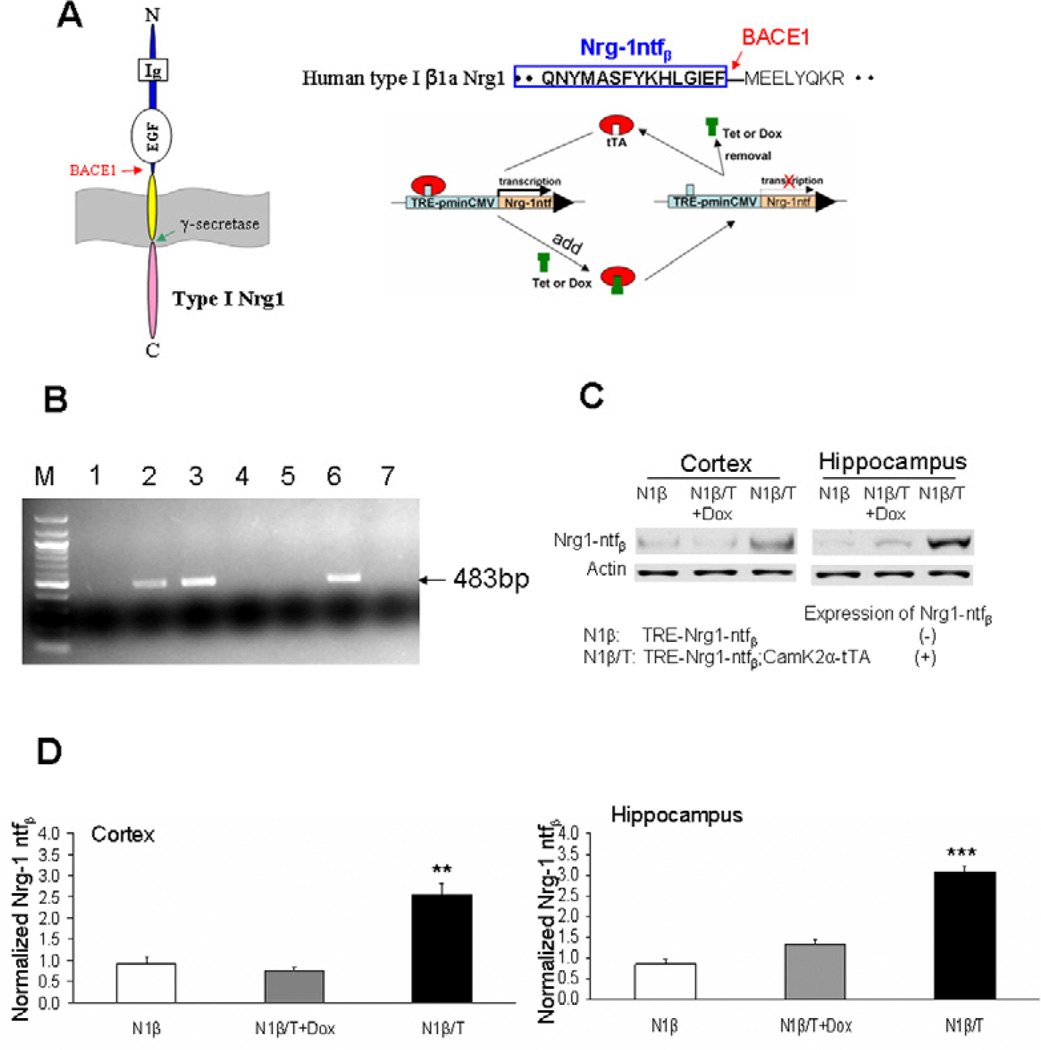Figure 1. Generation of transgenic mice expressing BACE1-cleaved soluble Nrg1 N-terminal fragment.
(A) Schematic illustration of the transgene construct. Type I Nrg1 β1a isoform is a single pass transmembrane protein and contains a BACE1 cleavage site between F–M. The N-terminal fragment (Nrg1-ntfβ) ending at residue F was subcloned into a vector under the control of tetracycline responsive element (TRE) coupled with a minimal CMV promoter. The driver line expresses tetracycline transactivator (tTA). In this case, CaMK2α promoter drives the expression of tTA in forebrain neurons; treatment with tetracycline (Tet) or doxycycline (Dox) turns off transgene expression. (B) Representative example of genotyping PCR showing three positive lines with the expected size of 483bp. (C) Two-month-old transgenic mice, designated as Tg-N1β/T for double transgenic mice or Tg-N1β for single non-transgene-expressing mice, were tested for the expression of transgene. Increased expression of transgene was detected and Dox treatment for one month switched off this expression. (D). Bar graphs show normalized transgene expression levels in the three groups of mice tested in (C) (n=3 per group; **: p<0.01, ***:p<0.001, one-way ANOVA with Tukey’s post hoc test).

